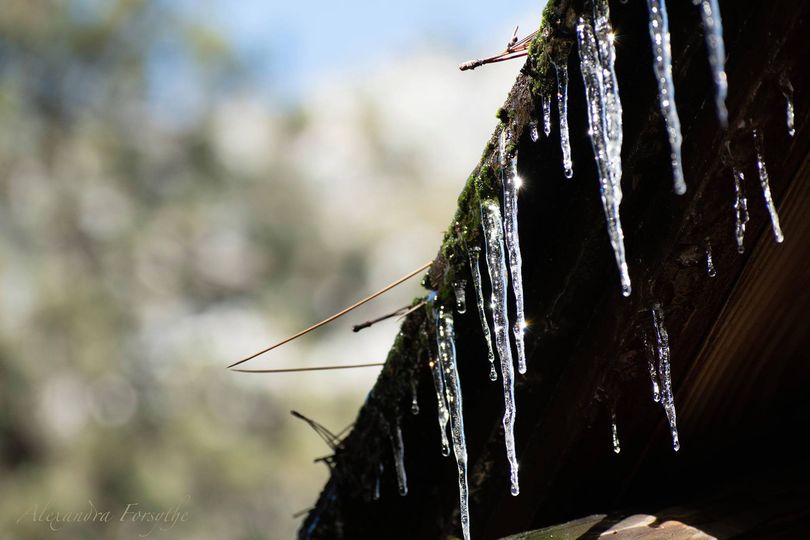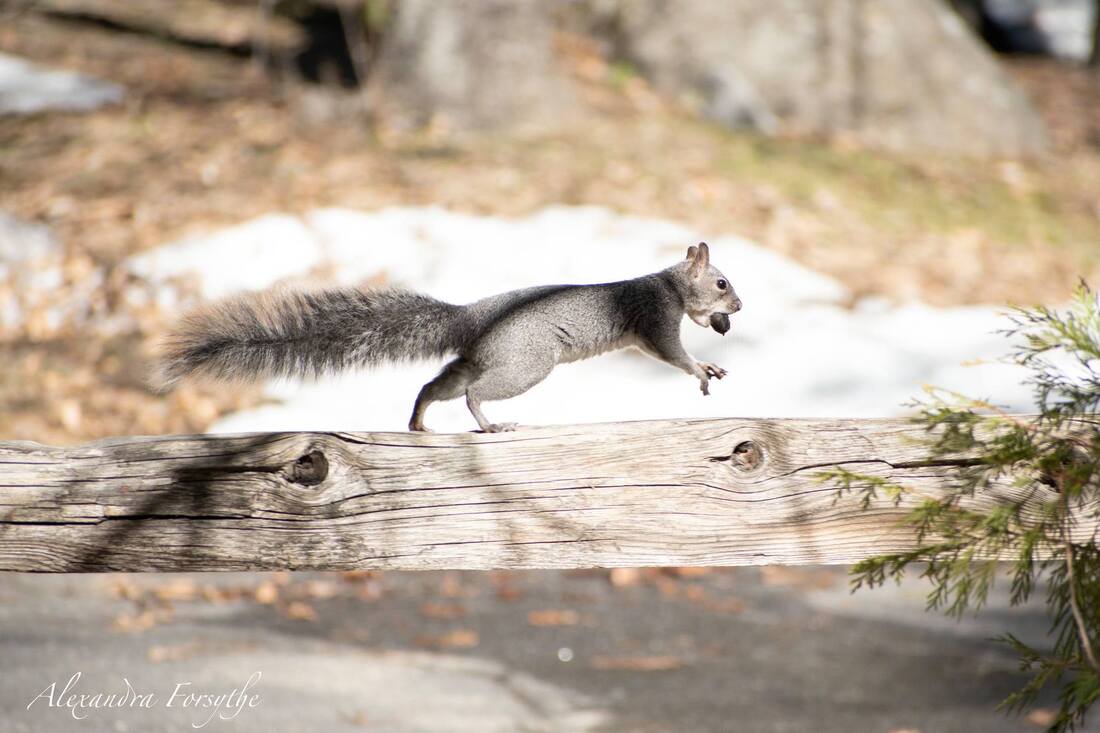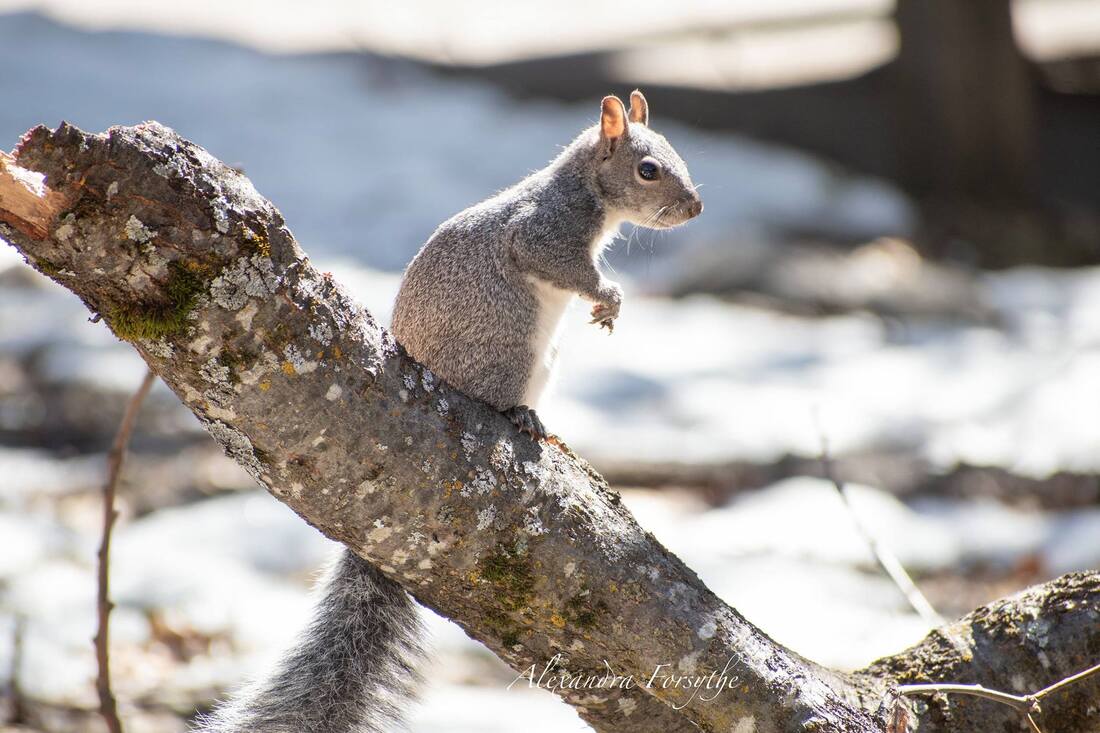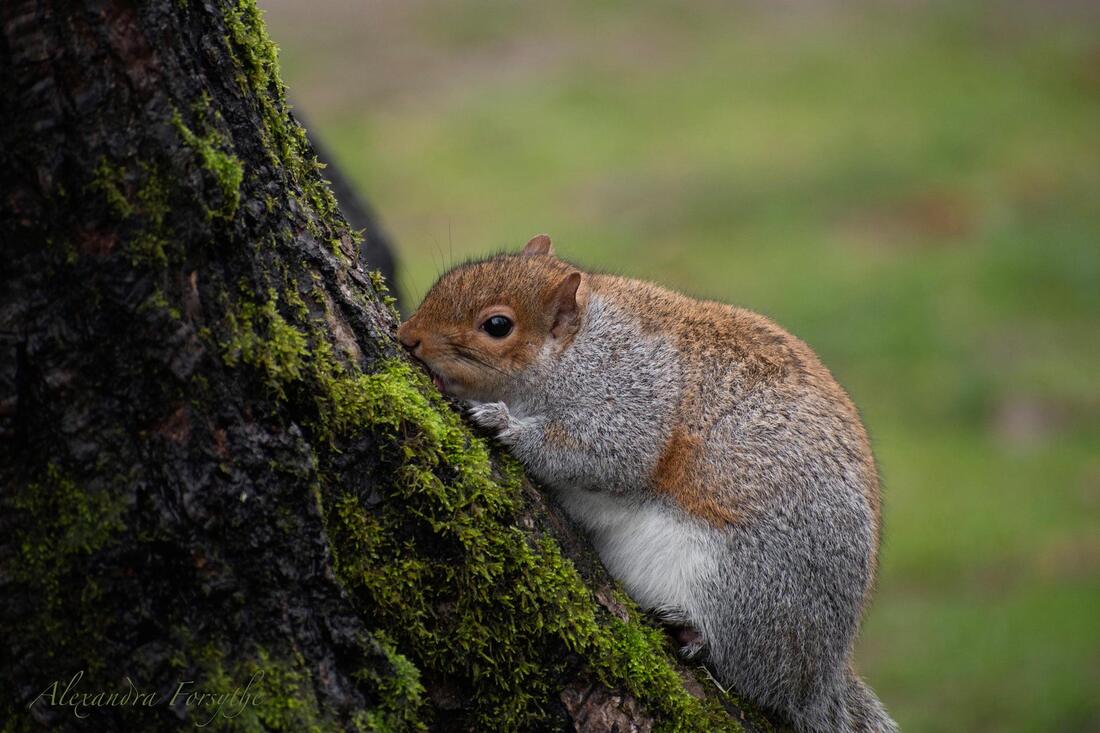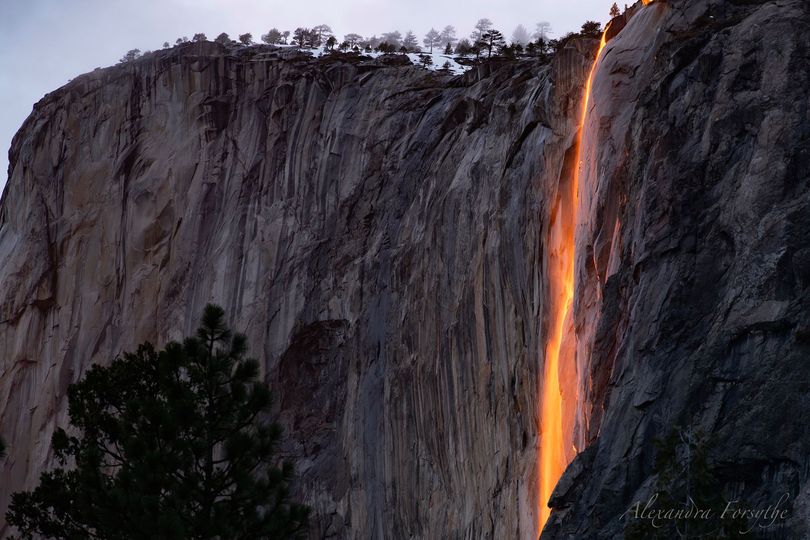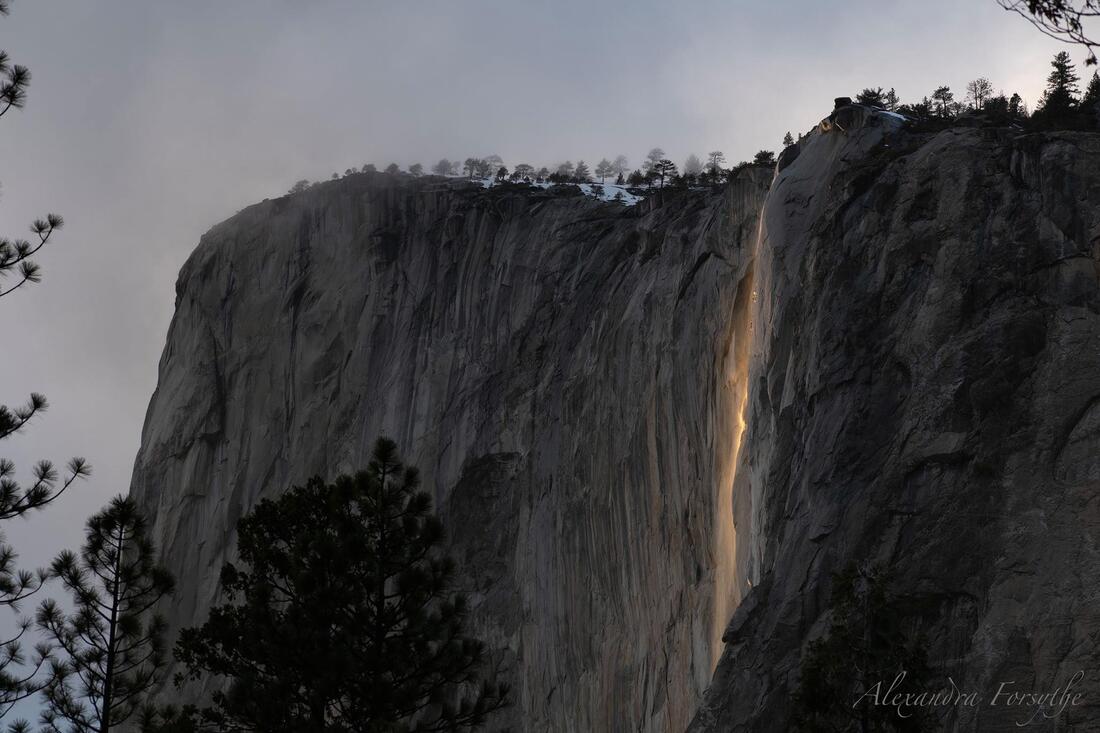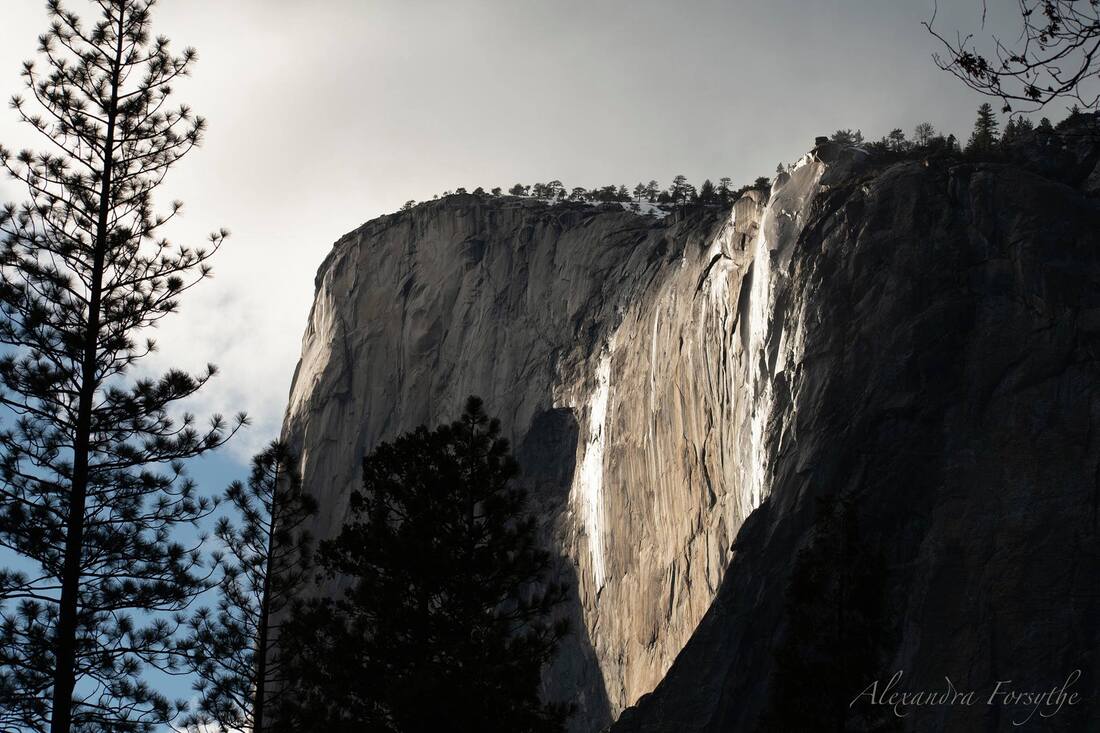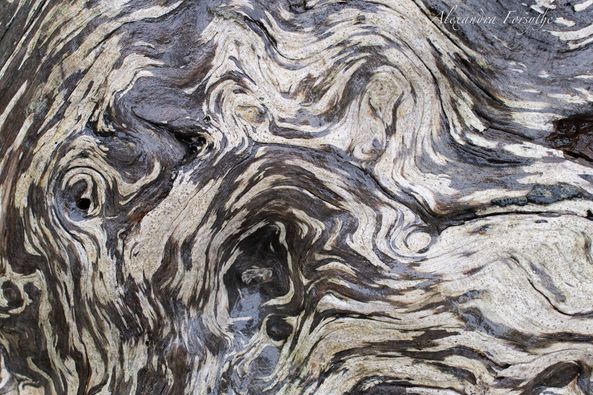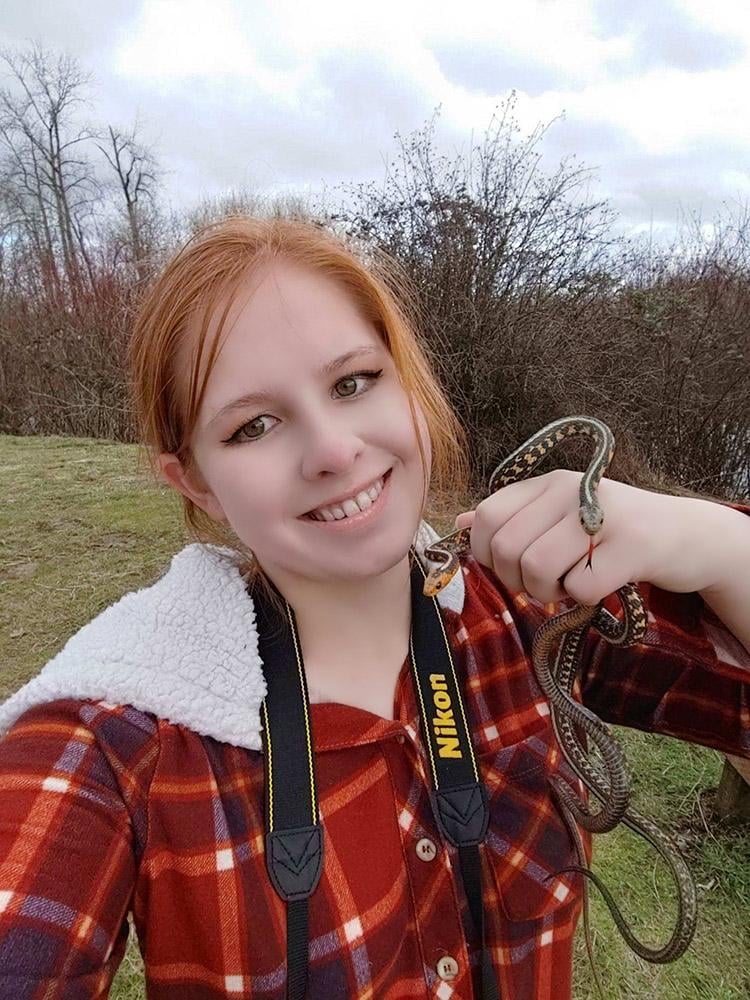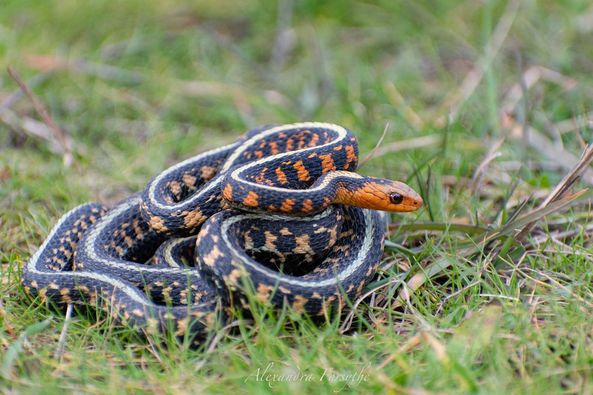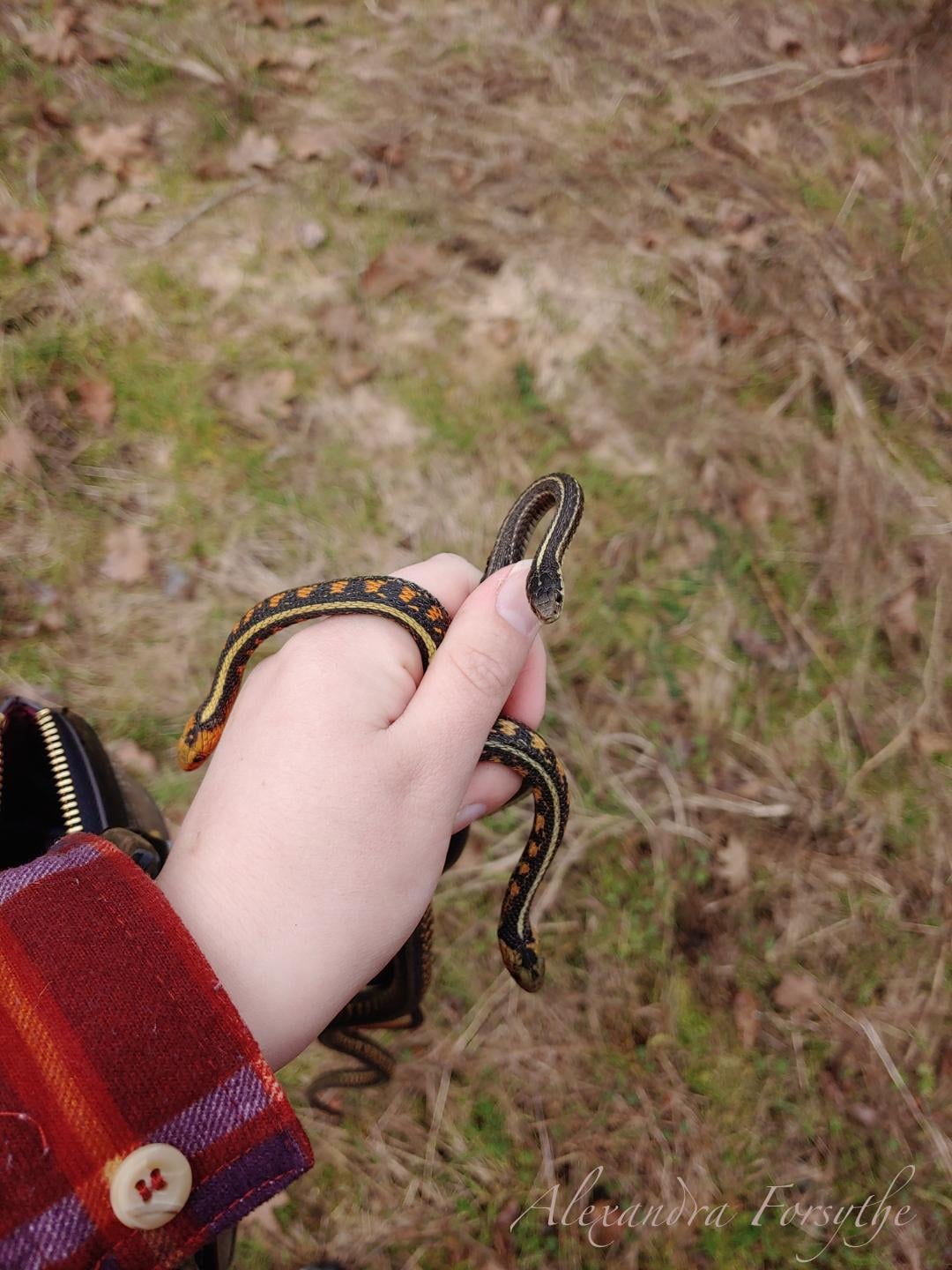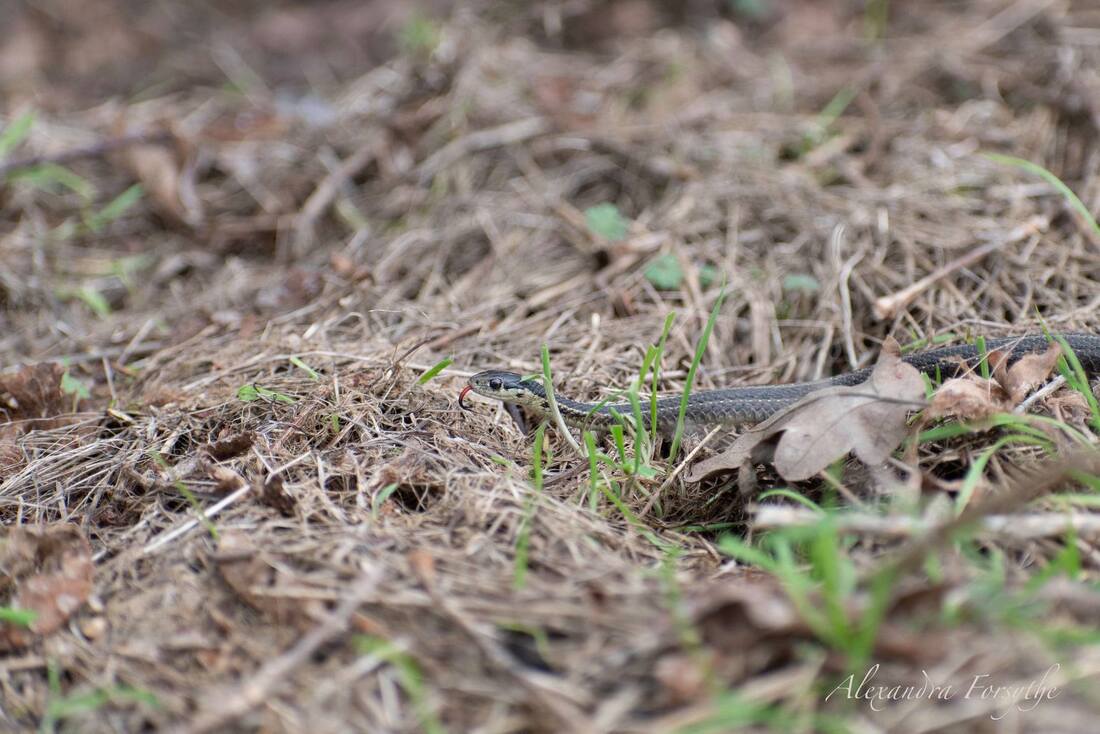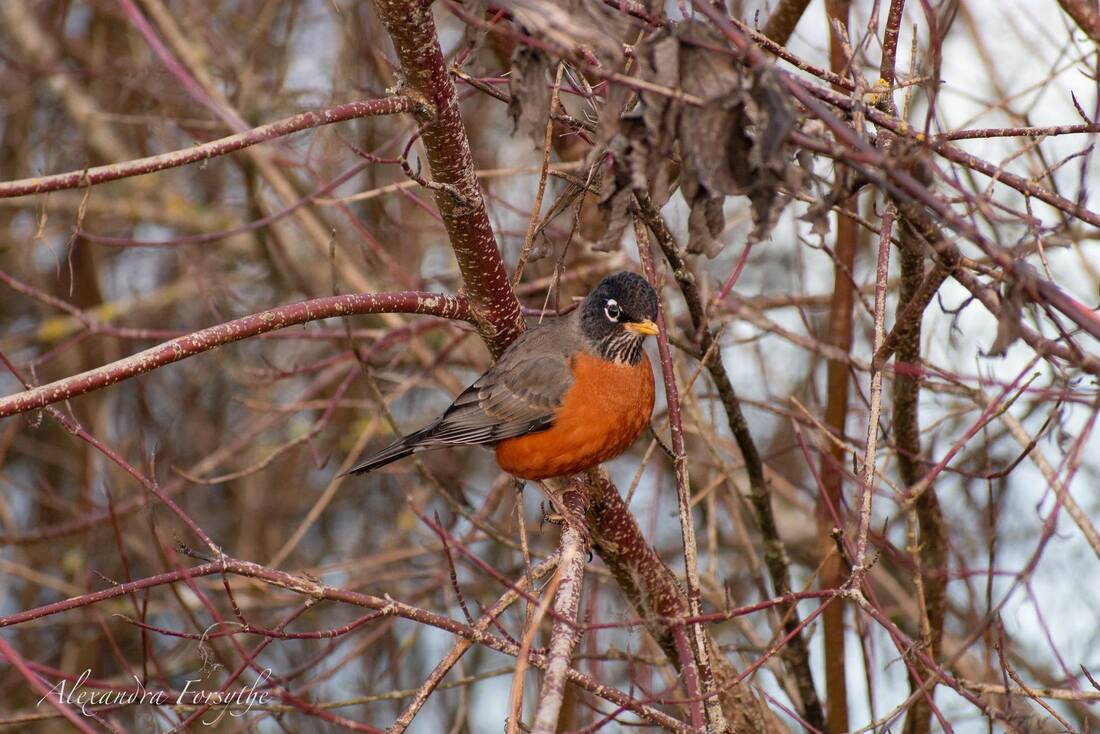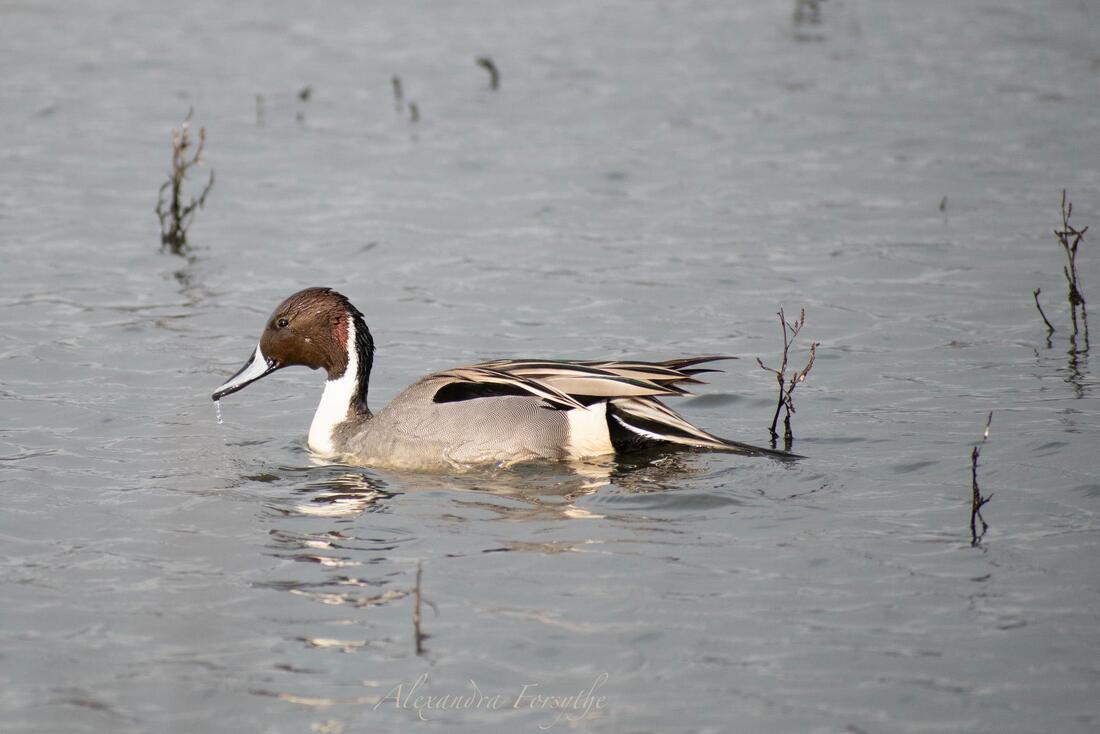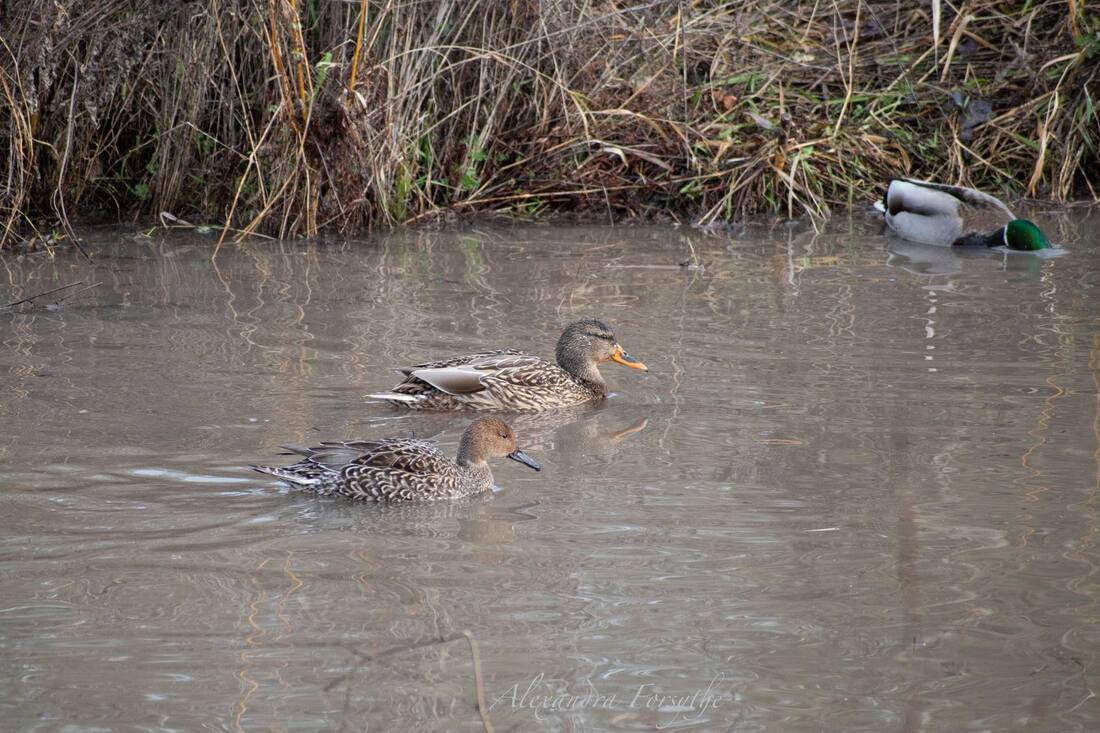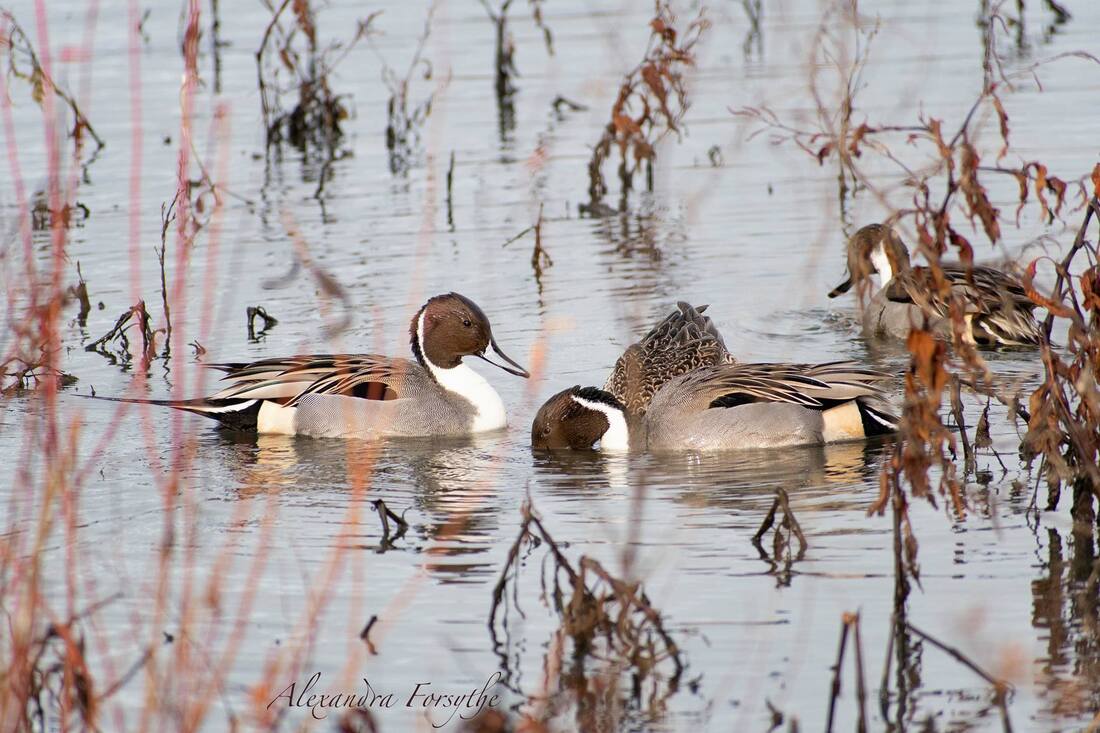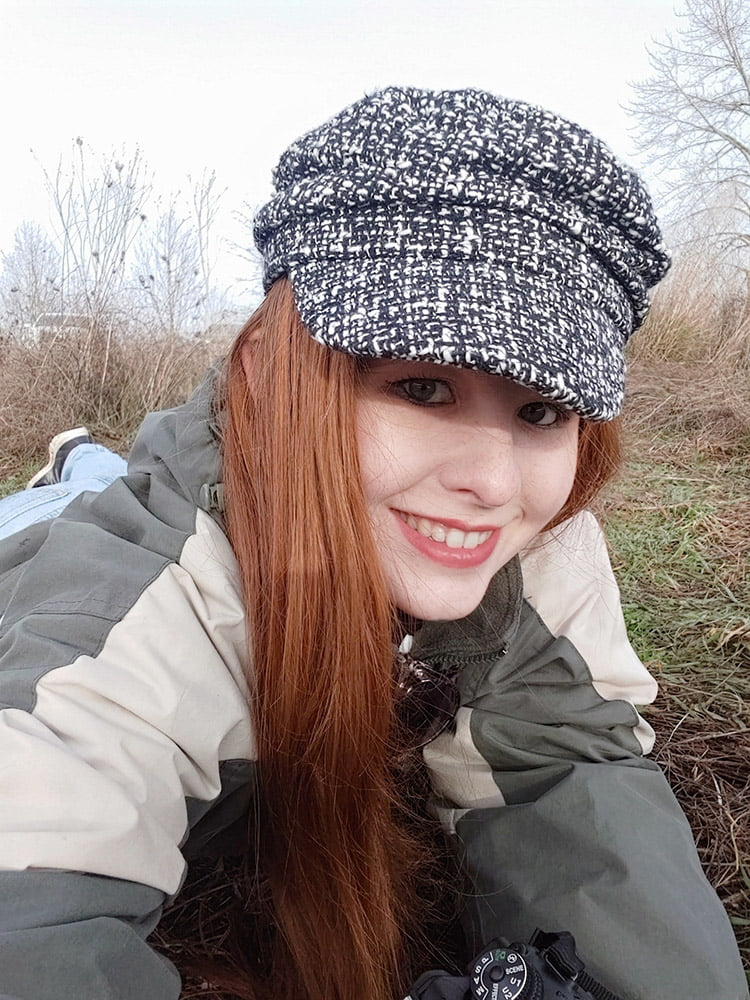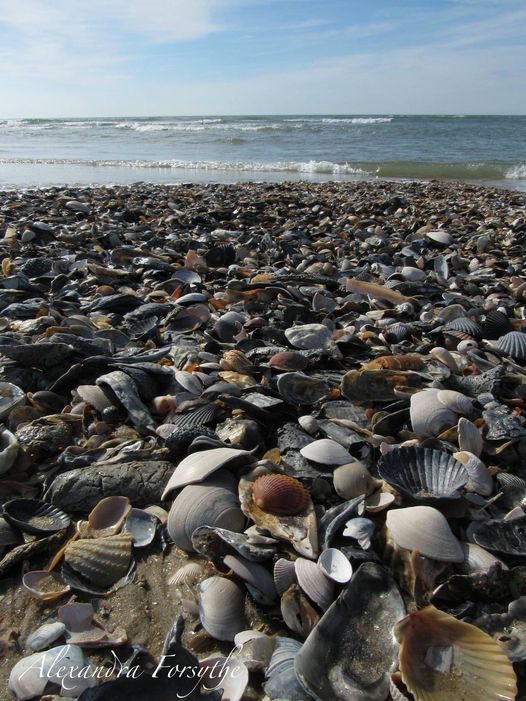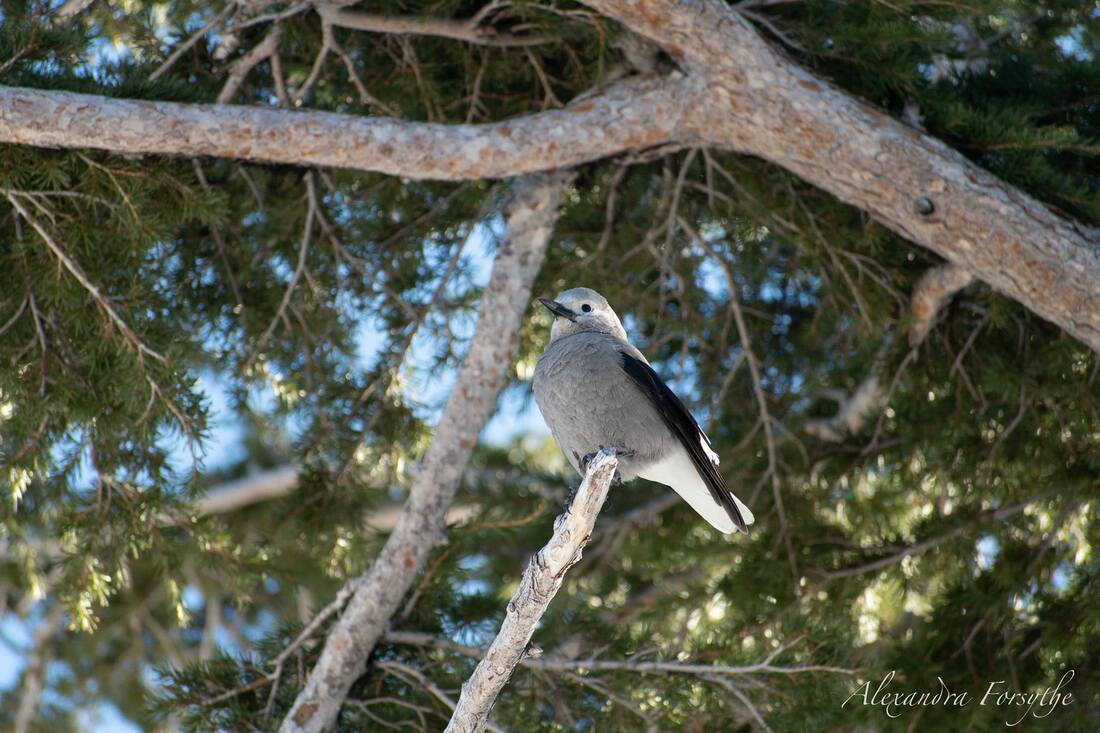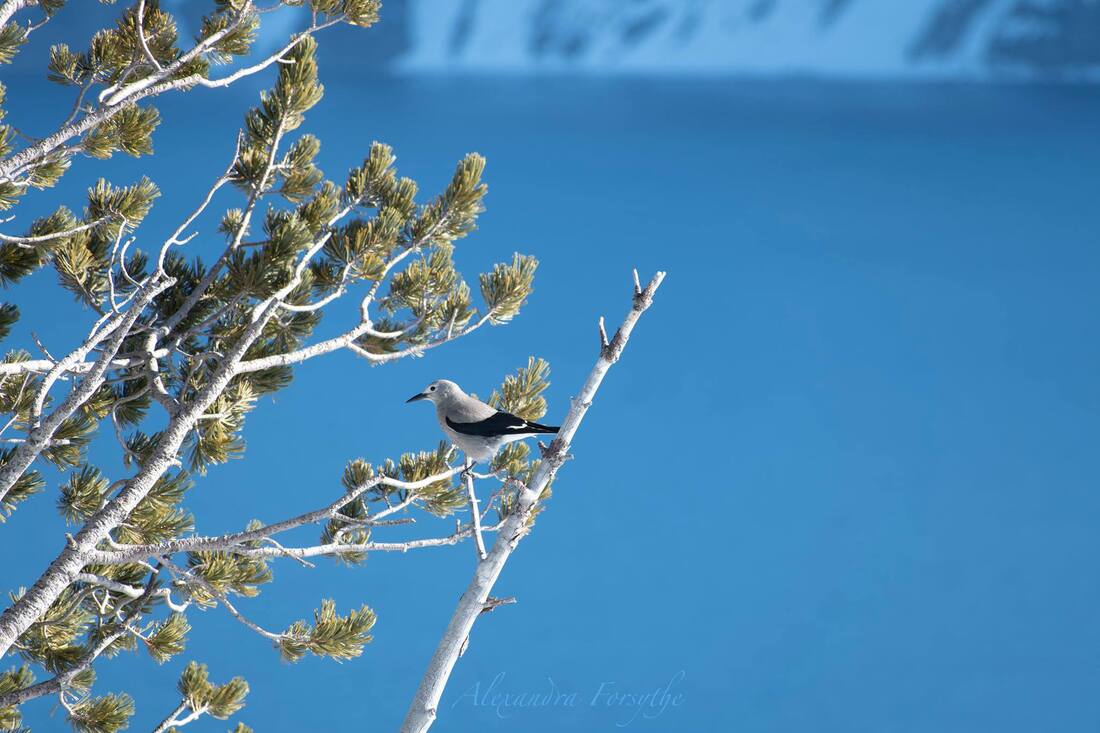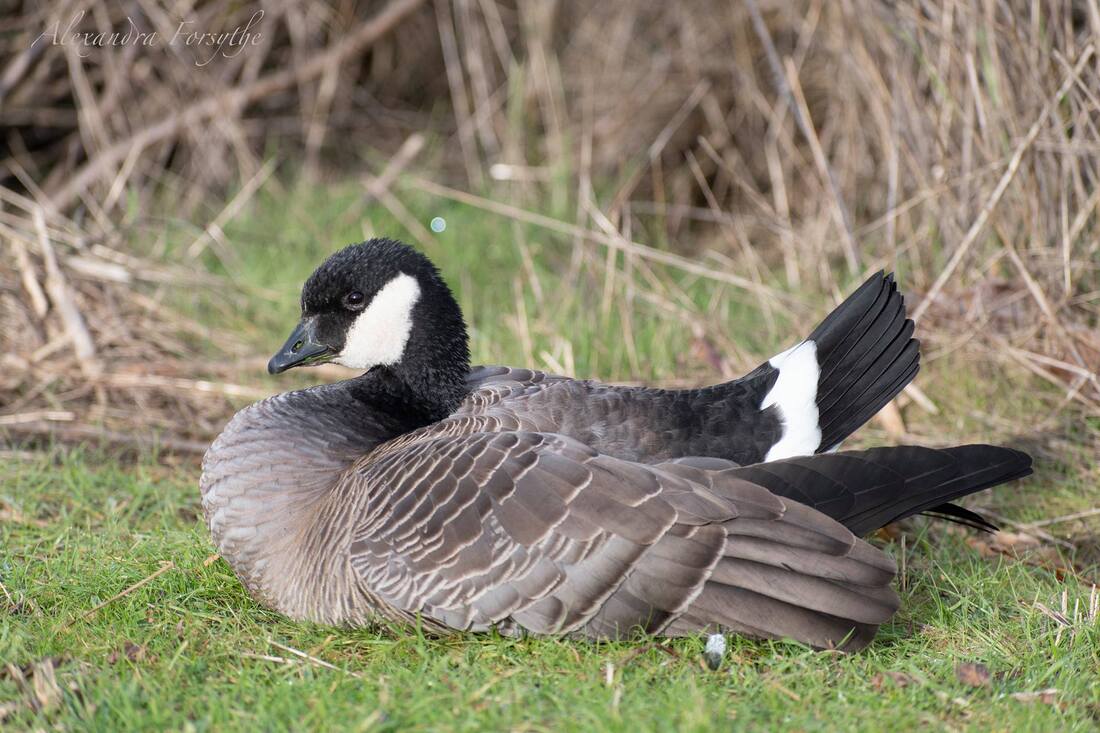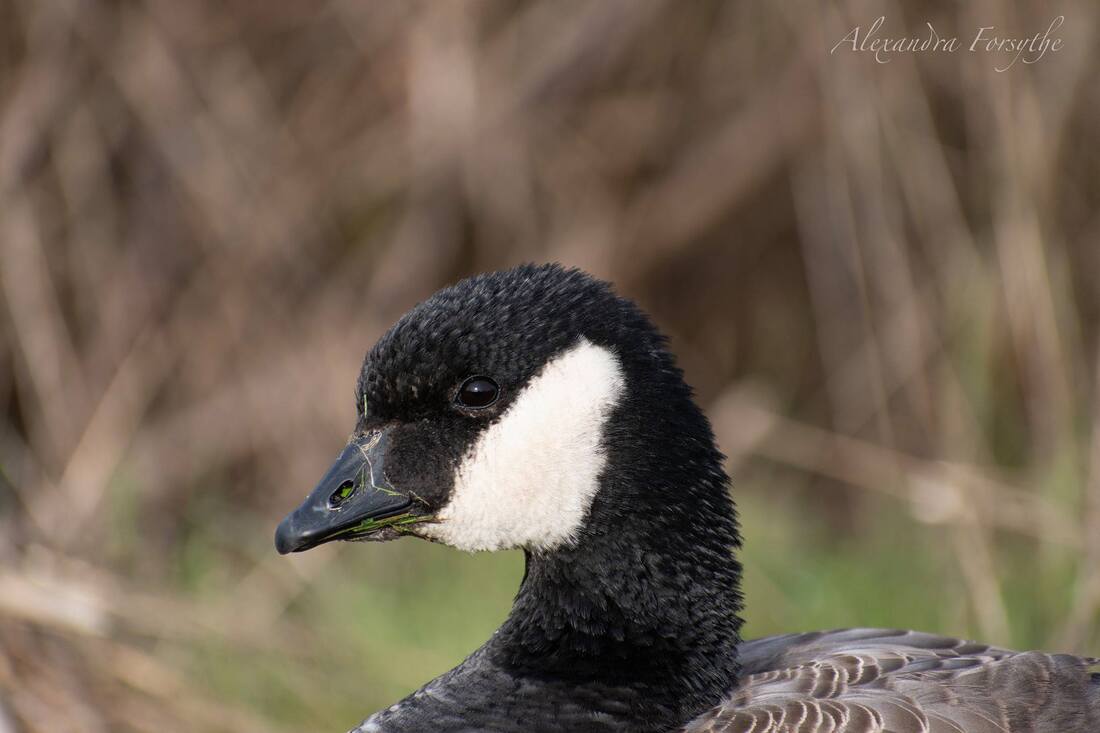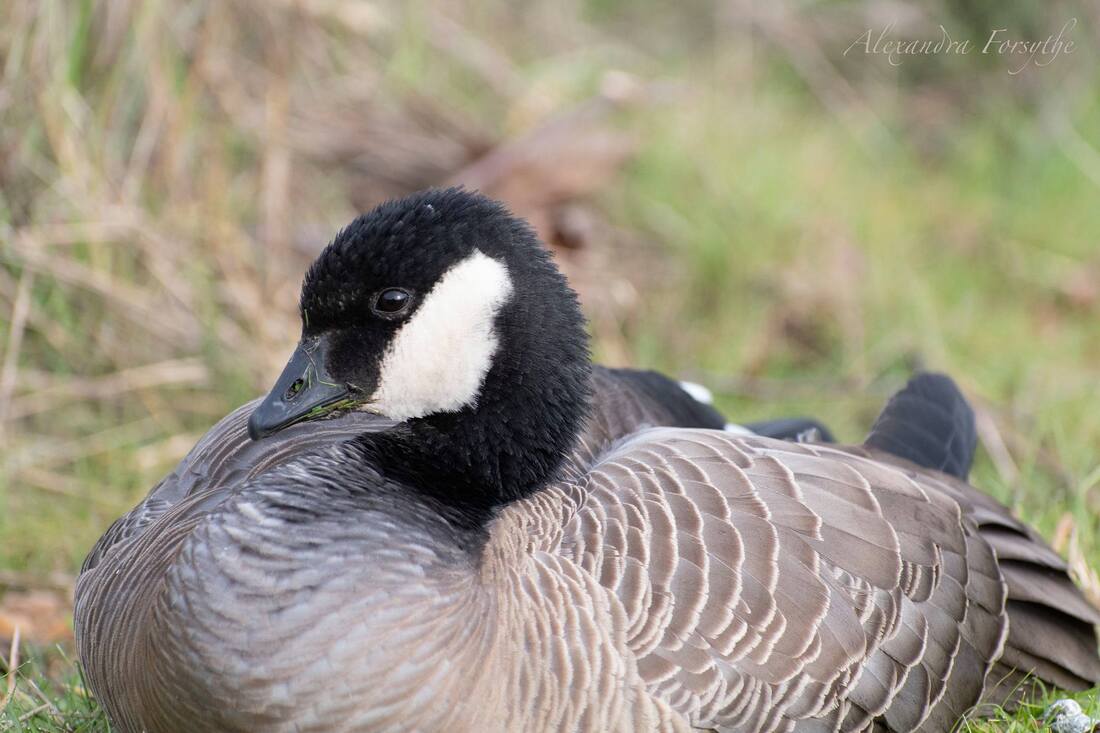1. In order to grow, an icicle must have a constant layer of water flowing over it.
2. The thin film of water freezes on the way down. As the water freezes, it releases heat which is transferred to the surrounding cold air, and that forms a slightly warmer layer of air that rises alongside the icicle.
3. As the warmer air rises up from the tip to the top of the icicle, it removes more heat from the outer liquid layer along the way, causing the water to freeze and the icicle to grow thicker as it grows longer.
4. The tip of an icicle grows up to 20 times faster than the sides.
5. While it is growing, there is a liquid-filled tube in the tip of the icicle.
6. The rippled surfaces on icicles are rather consistent in nature; the distance between each wavy ripple is about a centimeter, and this is true regardless of temperature and flow rate.
7. Scientists believe the ripples are caused by impurities in the water.
8. The same mathematical formulas that describe the shape of stalactites in caves also describe the shape and formation of icicles, even though the physical processes that form icicles are very different from those that result in stalactites. You can see the calculations here: https://www.damtp.cam.ac.uk/.../gold/pdfs/stalactite_prl.pdf
and expanded upon here: https://www.damtp.cam.ac.uk/.../pdfs/stalactite_long.pdf
9. Scientists created the "Icicle Atlas" which is accessible online to fellow researchers and to the public. The Atlas contains over 230,000 images, hundreds of time lapse movies of icicle formation, and 3D printable files.
10. The record for the world's longest icicle is in dispute, but there are claims of icicles up to 45-feet long.
And yes, I'm obviously a geek and I am very proud of it!
STEM rocks!
(STEM = science, technology, engineering, math)
